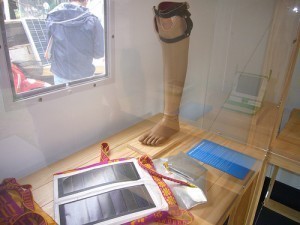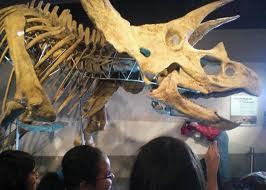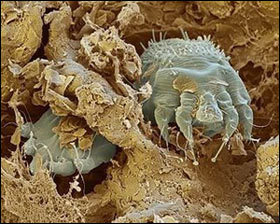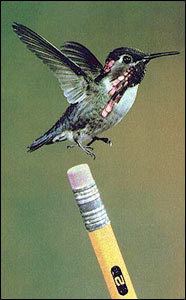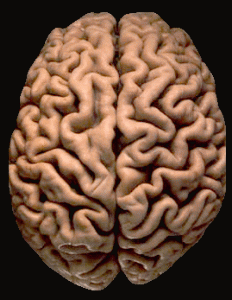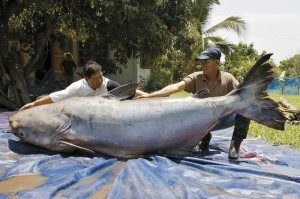How Big are Body lice?
A body louse, also known as Pediculus Humanus Corporis, 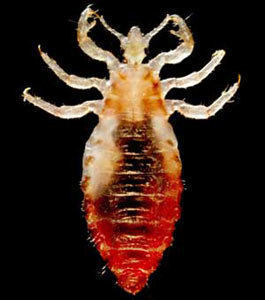 is believed to have been in existence for more than one hundred thousand years already; around the time when the first clothing and apparels were made.
is believed to have been in existence for more than one hundred thousand years already; around the time when the first clothing and apparels were made.
Body lice dwell on clothes, usually on the folds or hems of clothing materials. They lay their eggs in these areas as well and only leave the clothes or the fabrics to feed on human blood which they suck through the skin.
How Big are Body Lice?
A body louse when in its mature stage measures around 2.3 mm. up to 3.6 mm. long. A young louse also called a nymph on the other hand, can measure anywhere from 1.5 mm. to 2 mm. while a nit or an egg of a body louse measures about 1 mm. long.
Unlike with most other nits however, a body louse nit can survive for up to fourteen days when removed from the host whereas a head louse nit only has up to two days to survive when removed from the host.
On the other hand, a body louse is taken out from its host can survive for up to ten days.
Body lice are similar in appearance to head lice although they can grow bigger than a head louse. As in any lice infestation, the most common symptom is persistent itching of the affected area.
How are Body Lice Transmitted?
Body lice can be transmitted through the use of clothes, bathroom and bedroom linen of someone who is infected with the lice. Coming into close contact with an infected person may also result in the other person being infected with the lice as well.
Body lice usually appear in places where there is poor sanitation. They are also common in over-populated dwellings as well as in places where there is poor hygiene.
Treatment
Since poor sanitation is one of the most common causes for body lice infestation, it is therefore important to keep your surroundings clean all the time. Changing your beddings and washing your clothes regularly will also help get rid and prevent body lice infestation.
For clothes, bathroom and bedroom linens that are already infested with body lice; you should wash these in hot water and then machine dry set at hot cycle.
For skin rashes and itching, your doctor may give you creams or specific soaps that you can use to alleviate the itching and get rid of the rashes.
The most important thing however, is to keep everything clean specifically your clothes to prevent body lice infestation.
